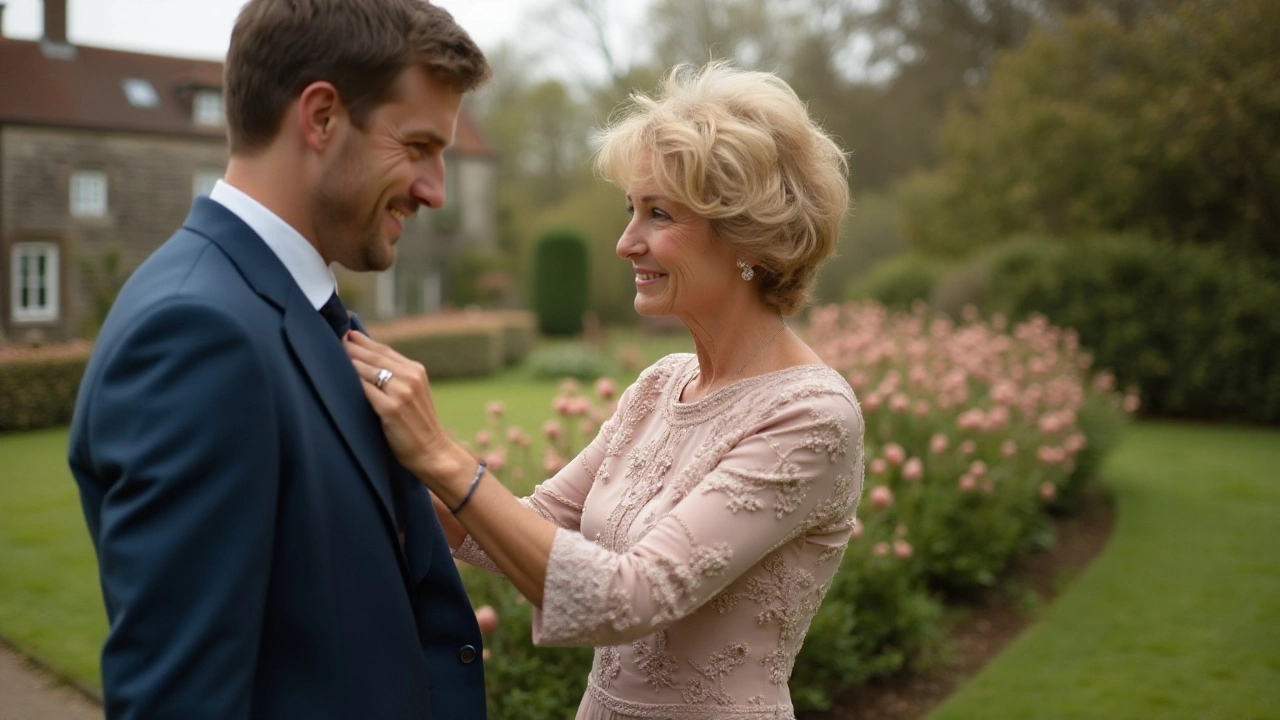Wedding Celebration Tips: Simple Ways to Make Your Day Shine
Planning a wedding can feel like juggling a million details, but you don’t have to get overwhelmed. Start with the basics: know who’s coming, what you want the vibe to be, and how much you’re willing to spend. When those three pieces are clear, every other decision—whether it’s the paper for the invites or the flowers on the cake—falls into place much faster.
Invitations & Guest Communication
The first impression comes from your invitation. Keep it clean, include the essential info (date, time, venue, dress code, RSVP details) and add a short link to your wedding website for extra details. If you’re short on space, a QR code can point guests to a digital save‑the‑date, menu, or accommodation guide. Remember to send the invites 6‑8 weeks before the big day and a gentle reminder a week before the RSVP deadline.
DIY Décor & Budget Hacks
DIY doesn’t have to mean cheap or sloppy. Pick one or two high‑impact elements—like a handcrafted backdrop or simple centerpiece jars—and source them from local markets or thrift stores. Use seasonal flowers; they’re cheaper and look fresher. For lighting, string fairy lights or repurpose candles in glass holders—both create a romantic glow without a big price tag. The key is to focus on areas guests will notice most, like the ceremony arch and the reception tables.
Photography is another area where smart planning saves money. Talk to your photographer about the exact hours you need coverage—usually 6‑8 hours covers the ceremony, portraits, and key reception moments. If you still want extra angles, ask about a second shooter for just a few hours; many photographers charge less than a full‑day package.
When it comes to gifts and etiquette, keep it simple. Let the bride’s family know whether they should give a gift to the groom or the couple, and suggest a few ideas that fit different budgets. This avoids awkward conversations later and makes the gift‑giving process smoother for everyone.
Finally, don’t forget to build a tiny buffer into your budget for unexpected costs—like extra flowers if the weather changes or a last‑minute dress alteration. A 5‑10% contingency can keep stress levels low on the day itself.
With clear priorities, a realistic budget, and a handful of DIY tricks, you can create a wedding celebration that feels personalized, stylish, and stress‑free. Use these tips as a checklist, adapt them to your own style, and enjoy the journey to your special day.

- Jan, 26 2025
- Comments 0